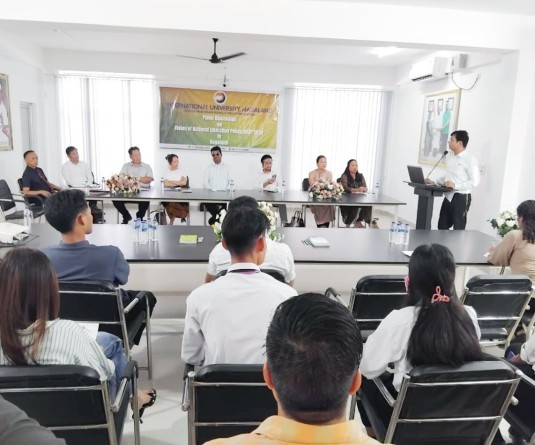
Wokha, June 2 (MExN): Nearly two-thirds of the water requirement in Nagaland can be met through rainwater harvesting, according to a forest official, emphasising its role in solving the state's water problem.
Citing a recent study, Assistant Conservator of Forest (ACF), Wokha Forest Division, D Rajiv Shankar stated that 65% of Nagaland's total water demand can be met by deploying rooftop rainwater harvesting structures.
He further highlighted that rainwater harvesting structures for water security can be categorised into short-term and long-term measures.
Short-term measures include installation of roof water harvesting and integration of these structures with rain pits, staggered, and contour trenches. Long-term measures include protection and conservation of springsheds and watersheds primarily through natural groundwater recharge, agronomic, and vegetative measures, supplemented by engineering measures like check dams and gully plugs based on necessity.
The ACF further noted that rainwater harvesting has been in use in India since ancient times, and traditional water harvesting structures like the Zabo system of Nagaland, Bamboo trickle water system of Meghalaya, and Apatani water system of Arunachal Pradesh are well-known.
The benefits of rainwater harvesting range from providing water security, minimizing the impact of flooding, recharging ground aquifers to preservation of natural habitats, he added.
In the write-up ahead of the World Environment Day 2024 scheduled on June 5 under the theme, "Land Restoration, Desertification, and Drought Resilience,” Shankar, however, stated that solution to water woes would only be successful through mass participation of people and awakening of ‘water consciousness.” This would entail attitudinal and behavioral changes in the way we think, conserve, and use water, he added.





